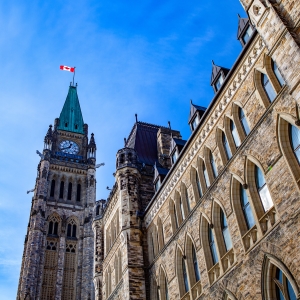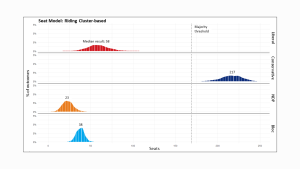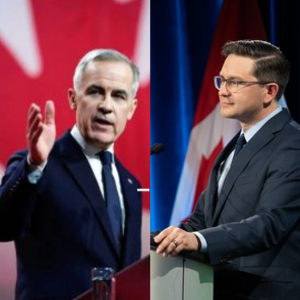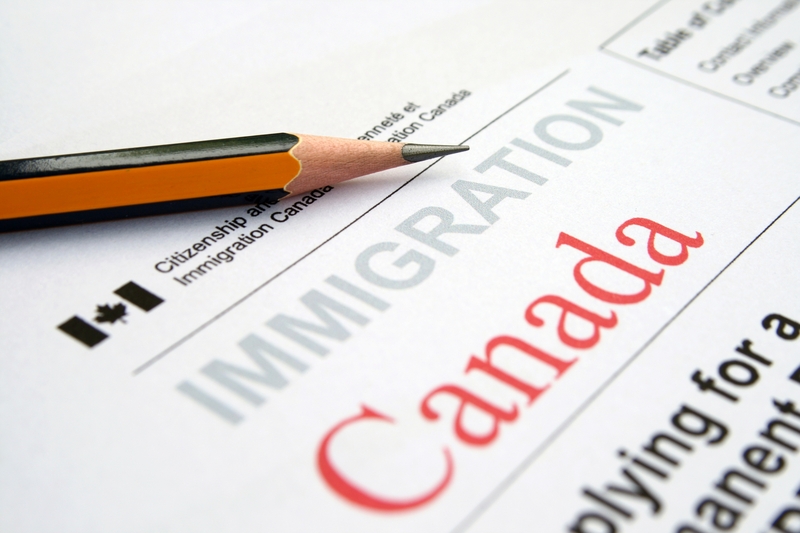
In the ever-evolving landscape of Canadian politics, the latest polling from INNOVATIVE reveals a nuanced perspective beneath the political pendulum swinging in favor of the Conservatives over the past six months. How firm is the shift? This time, we did a deeper dive into the underlying party and leader brands, suggesting a more profound transformation in public opinion.
The online poll of 5,534 Canadians was conducted in November by Innovative Research Group, looking into:
- Which party – Liberal or Conservative – people trust more on seven key issues central to the last election, and
- How individuals perceive the current political leaders on six different attributes.
The results are weighted to 2,500 by age, gender, region, and self-reported past (federal) vote to reflect the actual population according to Census data. A detailed methodology is provided in the report.
We learn that beyond the observable shifts in voting patterns, a fundamental shift is underway in both party and leader brands.
The Conservative Rise
Consistent with our last month’s findings, 40% of decided voters express their intention to vote Conservative, while only 24% support the Liberals. This advantage reflects a growing confidence in the Conservative party, which is emerging as the preferred choice across multiple key issues. Conservative party is now the preferred choice on addressing pocketbook concerns, tackling gun violence, and providing solutions for the housing crisis, previously Liberal or neutral issues.
Leader Attributes: Poilievre vs. Trudeau
Pierre Poilievre, the Conservative leader, has established himself as the front-runner in positive leader attributes. While Prime Minister Trudeau is most likely to be perceived as dishonest, Poilievre leads in critical areas such as strong leadership, competence, and representing positive change. These positive perceptions of the Conservative leader contribute to the party’s overall appeal.

Election Projections
Looking ahead, our seat model, constructed through simulations of 1,000 potential election outcomes, shows that Conservatives are on track to secure a substantial majority, with a median seat count of 217. In contrast, Liberals, with a median seat count of 58, will face challenges in reaching a majority threshold even in the best-case scenario.
Summing it up
INNOVATIVE’s deep dive finds that the current political climate in Canada involves not just a numerical shift but a fundamental evolution in the perception of parties and leaders. As the upcoming election approaches, these insights will play a crucial role in understanding and navigating the complex issues facing Canada today.
































